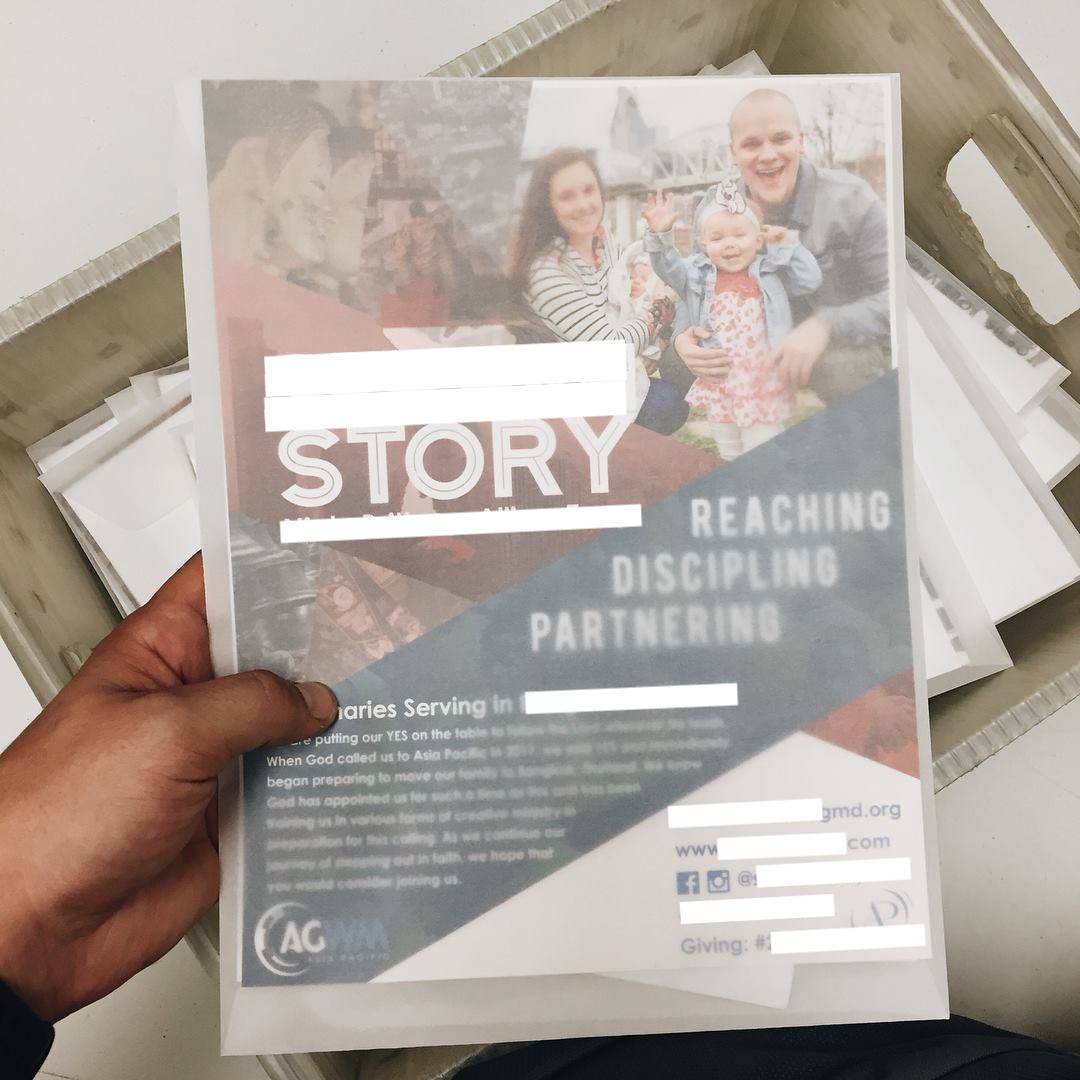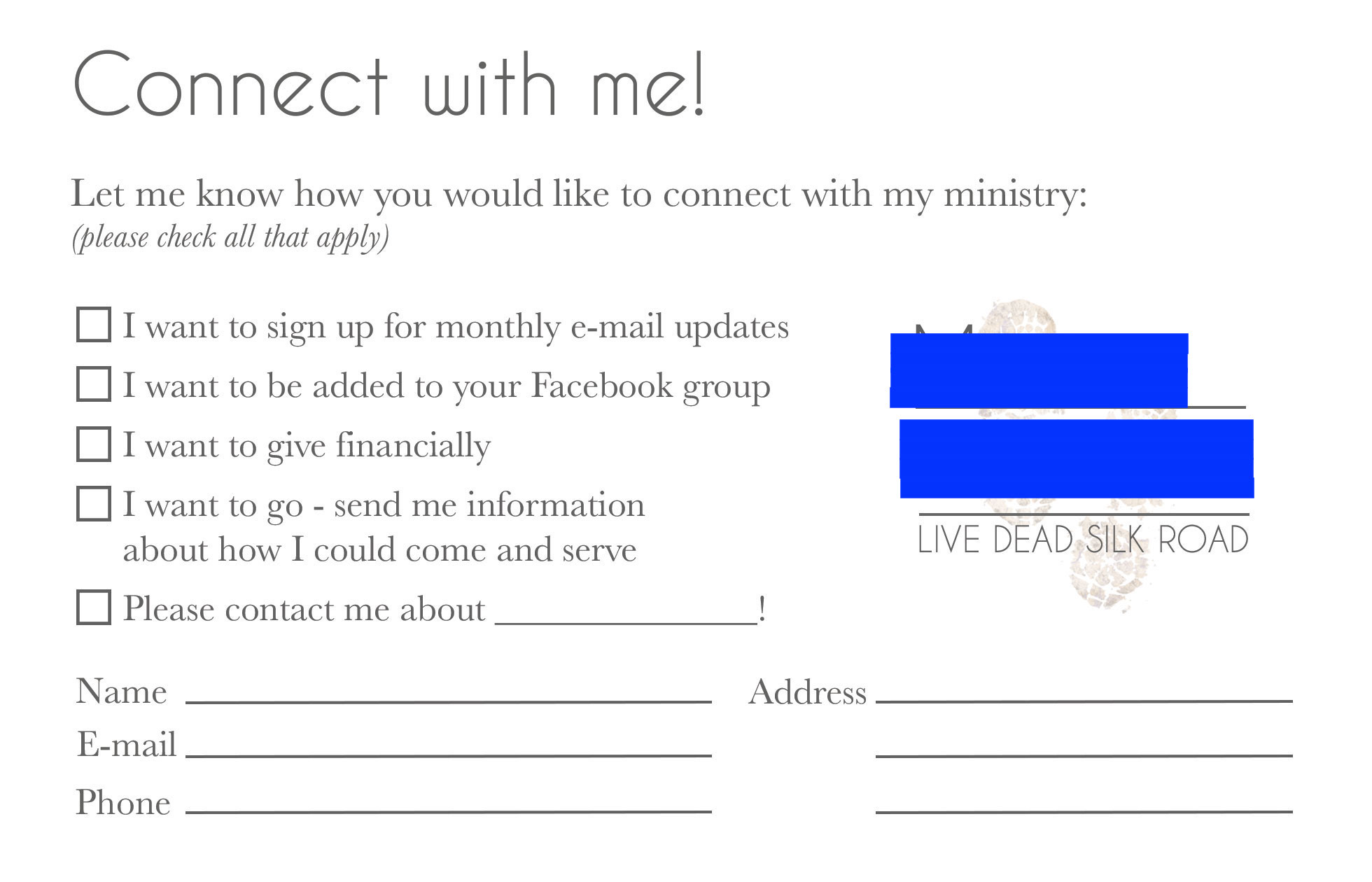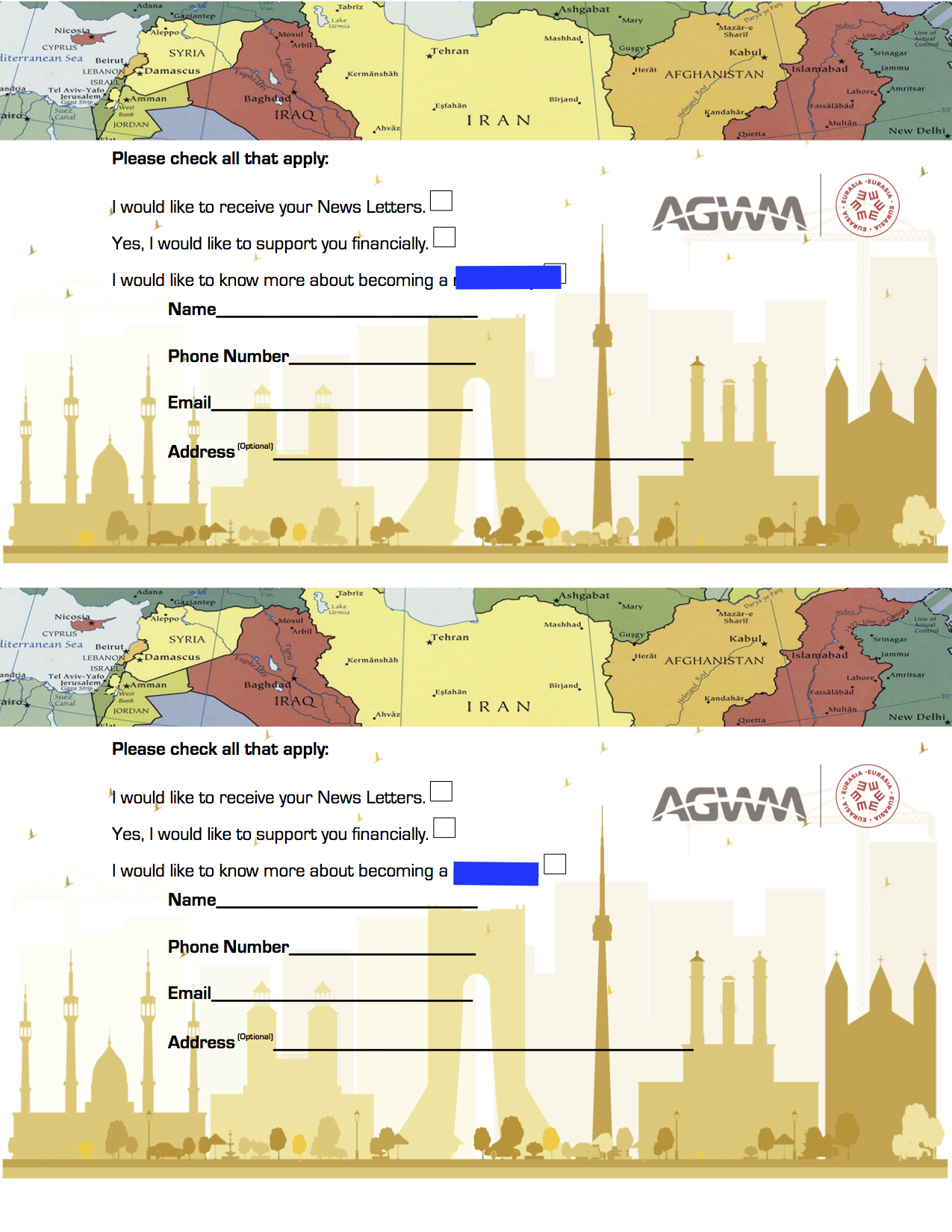If you aren’t used to it, contacting a pastor to ask for financial partnership can be confusing and scary. When I began calling pastors I would break out in a cold sweats and “umm’ed” a lot the moment I got a pastor on the phone.
However scary it can be, pastors / local church congregations are a great source of financial and prayer support. Thus I’ve put together a short list of tips to help calm those jitters and give some good starting places for those of you who share the same cold sweats and umm’s as I once did. I hope these help!
1.Start your journey by speaking with your home church pastor.
Connecting with your home church pastor is one of the first things you should do when you begin raising up your support team. Start by setting up a meeting with your home church pastor. When you meet explain your ministry and share the specifics of your financial need. Ask if there is any protocol or advice your pastor has as it relates to financial partnership development. If you would like to get a monthly commitment from your home church, now is the time to ask. If you would like to get members from your church on your financial partnership team, ask your pastor for permission to invite them into partnership. He/She will appreciate you filling them in on your plans, and probably will be able to give you helpful tips and hints. The more communication you have with your home church pastor, the better.
2. Remember each church and pastor is different so accommodate accordingly.
There are numerous ways to try and connect with pastors. Unfortunately the process is not cut-and-dry and can depend pastor to pastor. Try a variety of ways based off of their style, church feel (is it more modern or classic?), and what you know about the pastor / church. Do your homework before contacting a pastor and find out what programs their church has, what type of feel the service is, etc. As the process of connecting with a pastor may not be the same every time, here are some good ideas of what it should look like:
Your contact process should look something like:
Email or snail mail with pastors packet → phone call pastor → meeting with pastor → church service
Facebook message to pastor → get response from pastor → meeting with pastor → church service
Phone call to pastor → get response from pastor (may have to call numerous times before pastor answers) → meeting with pastor → church service
Whatever you think is the best way to contact, make it creative and memorable. Seek creative ways for pastors to remember you and the ministry you represent. When you do speak at a service or visit a church your goal is to make a dynamic and lasting impression on the pastor and the congregation. Whenever possible present with a another medium besides your words – use video, testimony, display tables, etc.

3. Communicate clearly. Have a phone script handy if it helps.
When you get a pastor on the phone or have a face-to-face meeting with a pastor, here are some helpful topics to clarify:
- Would they like you to share at a service?
- If so:
- How long would he/she like you to speak?
- What is the order of service?
- What is the dress protocol?
- What are the service times?
- Is there a prayer meeting or Sunday school you can attend before service? (definitely do this!)
- How does their missions giving work? Is there any protocol that exists?
- Would the church be interested in giving a monthly commitment?
- Are there any opportunities for you to engage with the congregation / serve the congregation outside of regular church service?
- If the church does commit monthly, what would the best way to update the congregation be as you are in your field of service? Paper newsletter? Emailed newsletter? Video update?
If you think you’ll miss an important question on the phone due to nervousness or just because it is hard to remember everything – create a simple phone script to use when calling. Include some or all of the above questions and write out what you want to say. Use that phone script at least until you become comfortable talking to pastors on the phone.
4. Consider reaching some pastors via Facebook if you have a preexisting relationship with them.
Some recent statistics I have seen within my organization have shown that pastors are checking their Facebook messages faster than they are their office phones. Be careful which pastors you ask over Facebook as Facebook often is a pastor’s personal space. For those pastors you already have relationship with, I wouldn’t hesitate to reach out via Facebook if you are having a hard time reaching them on the phone.
5. Make a Pastor’s Packet
Pastor’s packet are for churches, events, small groups, and great for emails and snail mail to pastors. They include information on yourself and the ministry you are working with. By the use of simple graphics and a good looking template, the Pastor’s Packet can show a level of professionalism that you want to have and that pastors will be looking for. Write it almost like a colorful resume. Here’s a simple outline:
Outline of a Pastor’s Packet:
Page 1: Color photo (include family if married) and our calling to ministry and your spiritual testimony
Page 2-3: Ministry experience, education, and training
Page 2-3: Description of ministry target and problems you ministry attempts to solve
Page 3-4: Your ministry strategy and outcomes
Page 3-4: Financial explanation/appeal
6. Don’t give up and don’t get discouraged!
Don’t give up in calling or seeking out pastors. It’s true, they are busy people and can sometimes be hard to get ahold of. Give them the benefit of the doubt though, generally their busyness is for a good reason. Be kind and gracious with pastors and never start to feel a sense of entitlement for their congregation’s commitment or for the pastor to even call you back. Always put the ball in your court when it comes to contacting a pastor, and always be kind.
Typically it may take upwards of 10-15 phone calls before you are able to reach a pastor. That’s okay, just stick with it and don’t give up.
Treat your time with churches and pastors as ministry, not as merely support raising. Seek ways to bring messages of hope, healing, and blessing to the church today. Ask the Holy Spirit for a special word for the pastor and congregation. Be ready to pray for anyone the Lord brings your way. Be the first to arrive and the last to leave.

Remember in all of this: you are following God in your calling in a radical and dedicated way, and you are also ALREADY a minister in the body of Christ. Just by EXISTING you are inspiring and provoking (in a good way!). In this season you have the opportunity to inspire others in the body of Christ to follow the path God has called them to, whatever that looks like for them. Use the platform / coolness God has given you to inspire! And don’t forget to communicate your needs clearly and in an honoring way to the pastor and the body of Christ. Have fun out there, it’s a great experience to challenge and call the body of Christ to join in the Great Commission!























